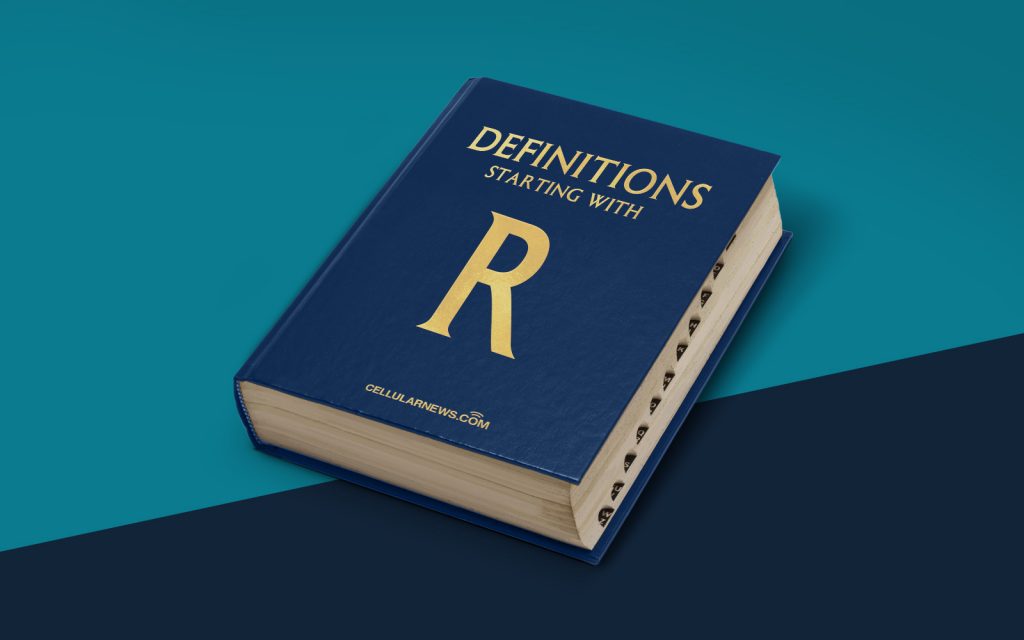
What is a Recursive Descent Parser?
Welcome to the “Definitions” category on our blog! In this post, we will dive deep into the world of programming and explore the concept of a Recursive Descent Parser. If you’re new to programming or have heard this term but weren’t quite sure what it meant, you’ve come to the right place! We’ll break it down and explain it in simple terms.
Key Takeaways:
- A Recursive Descent Parser is a top-down parsing technique used to analyze the structure of a programming language or any other context-free grammar.
- It starts with the highest-level rule and recursively applies lower-level rules until a complete parse tree is built for the given input.
Now, let’s dig into the details!
A Recursive Descent Parser is a parsing technique that allows us to analyze the structure of a programming language or any other context-free grammar. It falls under the category of top-down parsing, which means it starts from the topmost rule of the grammar and gradually breaks it down into smaller components until the input is completely parsed.
The main idea behind a Recursive Descent Parser is the concept of recursion. It breaks down the parsing process into a set of mutually recursive procedures, each representing a non-terminal symbol of the grammar. These procedures call each other based on the production rules defined in the grammar.
The Recursive Descent Parser starts by trying to match the input with the highest-level rule defined in the grammar. If a match is found, it proceeds to apply the corresponding lower-level rules recursively, until a complete parse tree representing the input is built.
Here are a few key characteristics of a Recursive Descent Parser:
- Each non-terminal symbol in the grammar has a corresponding procedure in the parser.
- The initial procedure corresponds to the start symbol of the grammar.
- Terminal symbols are matched against the input, while non-terminal symbols are expanded using their corresponding procedures.
- The parser backtracks if it encounters a mismatch between the expected input and the actual input.
Recursive Descent Parsers are commonly used in programming language compilers and interpreters to analyze and understand the structure of the source code. They provide a systematic way to break down complex grammars into simpler components, making it easier to parse and interpret the code.
So, next time you come across the term “Recursive Descent Parser,” you can confidently say that it’s a top-down parsing technique that uses recursion to analyze the structure of a programming language or any other context-free grammar. It’s a powerful tool in the world of programming that helps us understand and interpret code efficiently!
Key Takeaways:
- A Recursive Descent Parser is a top-down parsing technique used to analyze the structure of a programming language or any other context-free grammar.
- It starts with the highest-level rule and recursively applies lower-level rules until a complete parse tree is built for the given input.
